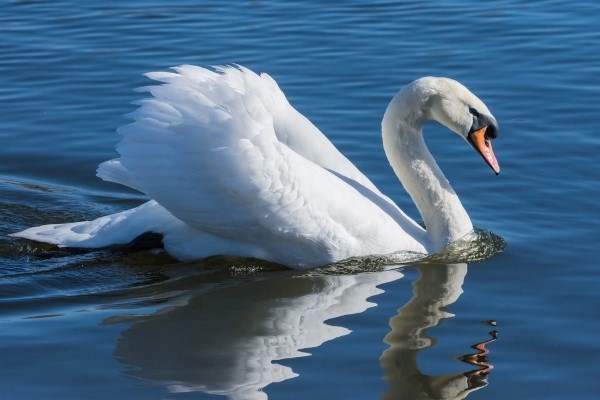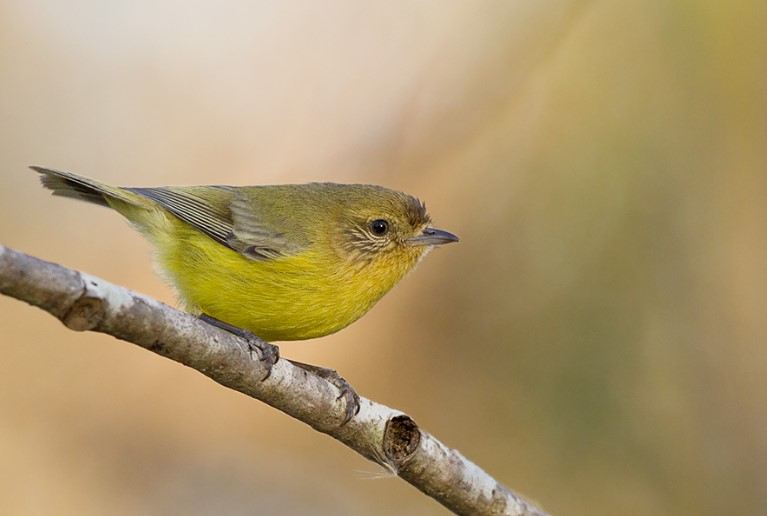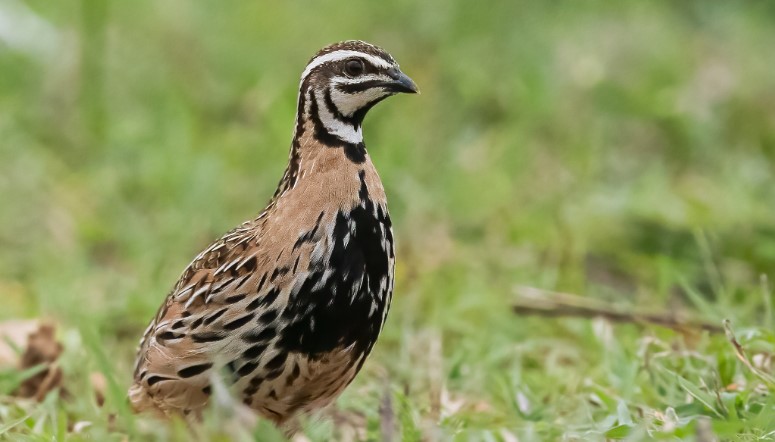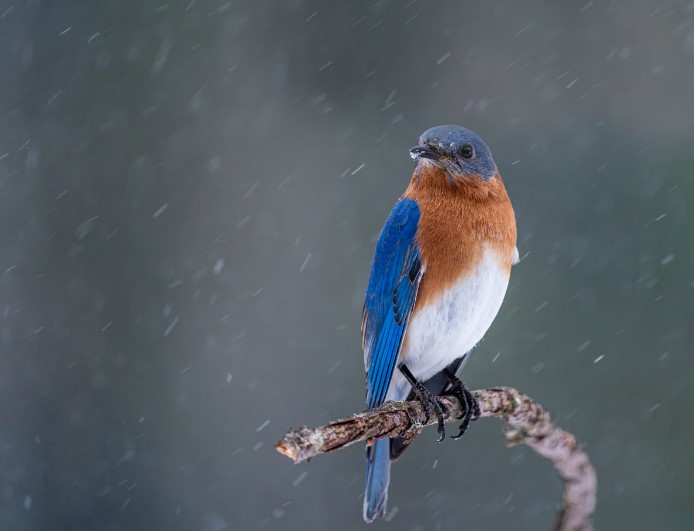Mute Swan Size: This gigantic bird measures 1300–1600 mm (55 to 63 in) in length with a wingspan of 200–240 cm. The males are a little larger than the females. Also, the male’s knob on the bill is larger than the female’s. The bill is 6.9–9 cm, while the tarsus is 10.8–11.8 cm. The slightly smaller females (known as pen), averaged between 8.5 and 9.67 kg, with a weight range of 7.6–10.6 kg, whereas the males (known as cobs) range in weight from 9.2 to 14.3 kg on average. After trumpeter swans, mute swans are the second-biggest species of waterfowl. In terms of heft, male mute swans can easily equal or even surpass a male trumpeter swan. While the maximum average weight for a huge cob is around 15 kg, one extremely enormous Polish cob weighed nearly 23 kg, making it the greatest weight ever documented for a flying bird; however, it is unclear whether this heavyweight could still fly.
Habitat: The Mute Swans are not as silent as their name suggests. They snort and hiss when annoyed and occasionally trumpet loudly. However, the legendary swan song—said to be sung by a dying swan-has no foundation. There is no record of when this decorative white swan was introduced into Australia, but it was presumably in the early years of European settlement. They can fly after about four months. Both the Black and the Mute Swans are beautiful birds, but it is a pity the Mute Swan has been more widely used as a decorative bird than the native Black Swan, for the latter could survive equally well on a properly managed ornamental lake. The swan’s wings are extremely strong, but not strong enough to break the leg of an adult man, despite what is sometimes misquoted. The mute swan is one of the largest living flying birds.
Identification: Both adult sexes are similar. All plumage white; fleshy knob on forehead larger in cob (male) than a pen (female), and skin at the base of bill black. The eyes are brown. The bill is red-orange. Feet and webs are grey-black. The immature mute swan plumage is all white, mottled grey-brown; the bill is black but changes to orange in the first year; grey plumage is replaced in the first winter, but some grey feathers remain until two years of age. The young birds, called cygnets, are uniformly light grey.
Evolution: Subfossils of mute swans, dating back 6,000 years, have been discovered in East Anglia, Great Britain, in post-glacial peat layers. Four U.S. states have fossilized swan predecessors that are more distantly related to the mute swan: California, Arizona, Idaho, and Oregon.
Distribution: Mute Swan was introduced into towns in parts of the Southern Hemisphere, including Australia. Frequent ornamental ponds, lakes, and rivers in parkland areas. Established in Perth and surrounding areas such as Northam, Cool Bell Up, and Bridgetown, northern Tasmania, and possibly other areas. The natural range extends from southern Scandinavia to Asia Minor and Mongolia. Their native Northern Hemisphere range is in Denmark, southern and central Sweden, and in a sweep through Germany, Poland, Romania, central Russia, Asia Minor, and Asia to Mongolia.
Where are mute swans found?: The mute swans are now found in most cities and many towns, where they live in a semi-domesticated state in ornamental ponds. A few have been seen in the wild, but these were most likely wanderers, for the bird shows no inclination to live and breed in Australia’s natural swamps.
Behavior: Mute swans pair for life. Unlike black swans, which often nest in colonies, they are very pugnacious and keep to themselves in the breeding season. A mute swan’s defensive actions often start with a loud hiss, and if that does not scare off the predator or intruder, they will then move on to a physical attack. The female does not start breeding until she is two or three years old. She builds her nest—a large, sturdy heap of plant matter, usually on a small island or among plants in shallow water—without any help from the male, though he savagely defends the area. She probably produces three to five eggs in her first year of breeding, up to seven in the second, and nine to 11 in subsequent years. Both parents incubate the eggs and tend the cygnets, which leave the nest one or two days after hatching but remain with their parents.
Why are mute swans a problem? Swans can be violent toward humans, occasionally attacking or chasing them if they feel their young are in danger, particularly during the nesting season. Because of their size and weight, crashes with airplanes can result in damage and present safety hazards. Despite being magnificent birds, mute swans can cause several issues in some places, especially if their populations spread outside of their natural habitat. They eat a lot of undersea vegetation, including native species that are important to other animals. This can harm native fish and invertebrates as well as entire ecosystems. They compete fiercely with local ducks, occasionally even forcing them away from vital habitats for breeding and feeding. This may endanger animals that are already in danger, such as loons and trumpeter swans. Because of their size, they produce a lot of droppings, which can be untidy and unhygienic, particularly in places where people gather for fun. Therefore, the population density of mute swans and the ecosystems in their area determine their impact.
Vocalizations: The mute swan voice is savage hiss when disturbed; a loud trumpet call is heard occasionally. The mute swan produces a range of sounds, which are commonly characterized as “grunting, hoarse whistling, and snorting noises.” It is not similarly vocalized as the noisy whooper and Bewick’s swans. Mute swans sing in time to a rhythm during their courtship display. Their head and neck movements are more coordinated, thanks to the tune. The vivid pulsing of the wings during flight, which is specific to the species and audible from a distance of one to two kilometers, is the sound most people identify with mute swans. This suggests the significance of sound as a communication tool between birds in flight.
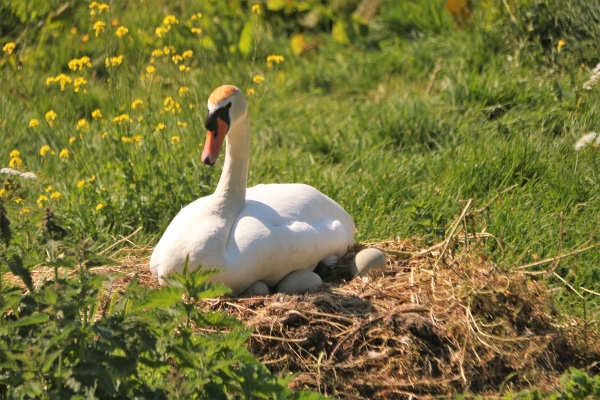
Nesting and Breeding: Mute swan nesting and breeding occur in late winter and spring in Australia, but in parks where birds are sheltered and fed, breeding can take place at any time. Nest a sturdy heap of vegetation. Mute swans are fiercely protective of their mates and young, and they can defend their nests with great aggression.
Eggs and Incubations: Mute Swan lays 3–11 eggs; coarse green, usually coated with lime; oblong oval, about 115 x 80 mm. The eggs resemble the Black Swan in color and shape but are larger. The incubation period is about 33–35 days for both sexes, particularly for females. Cygnets leave the nest after one or two days but remain with their parents, and they can fly after about four months.
Taxonomy: German naturalist Johann Friedrich Gmelin originally named the mute swan Anas olor in 1789. Johann Matthäus Bechstein then placed the species in the new genus Cygnus in 1803.
Culture: Denmark’s national bird since 1984 has been the mute swan. Prior to that, Denmark’s national bird—designated since 1960—was the skylark. The advocacy group “Save the Mute Swans” contests the mute swan’s designation as an invasive species in North America.
Lifespan: A banded mute swan’s highest documented age was 19 years old. They have survived for 30 to 40 years in captivity.
Diet: Mute swans feed chiefly on water plants and also eat some small frogs, fish, and insects.
Other Names: It is also known as White Swan.
Migrations: Mute swans migrate in winter to southeastern Europe, north Africa, and southwestern Asia.
Family: The mute swan (Cygnus olor) is a member of the waterfowl family Anatidae in the genus Cygnus.
Races: There are no races.
Read More: White-faced heron
